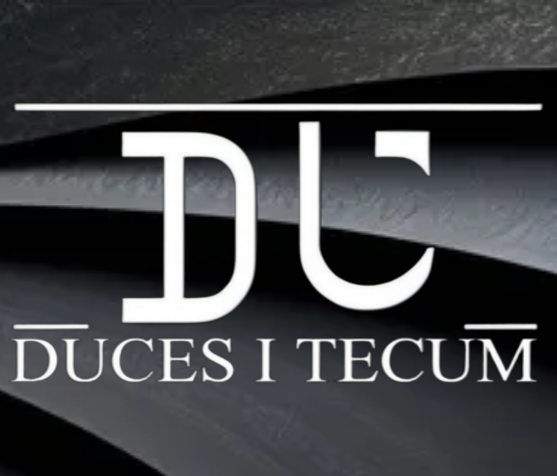A good definition for automation is a system that demonstrates having self-acting or self-regulating properties. The law can fairly be described in this way, considering that the law requires specific process and inputs in-order to properly advance the goals of the system.
It is only natural that the tools available to the legal profession are being built tailored to create automated workflows. Automation tools should not be confused with AI learning language or agentic models.
Automation tools appear to utilize an algebraic solution combined with API end points and a sophisticated system that checks for changes within the system.
Imagine a client intake form at a law firm and any information it might contain. An automated system is going to be primed to react based on the existence or nonexistence of information of interest to it.
Names, dates, contact info, case types, etc are obvious, but what about check boxes, drop down list selections, signatures on documents, invoice paid?
Example: Potential client calls a law firm to schedule a consultation. While speaking with intake, questions are asked, and a form is filled out. When selecting a time and date for the consultation, the system has already pinged your calendar via API and confirmed what times are available for selection for every attorney at the firm.
Once the call is finished and the form is submitted, the system will check all the information against every automation scenario that has been primed. If the primer conditions required to execute any actions are satisfied, they will activate.
The system could:
- Recognize which attorney was selected, what time an appointment will be, and how it will be conducted. Use said information to create a calendar entry, sent text messages and email confirmation/reminders as the time approaches.
- Before the scheduled consultation the system sends the consulting attorney all the necessary intake information already collected along with more questions to work on while consulting to further the process.
- It could send a fee agreement and invoice populated with details provided to the system by the attorney’s form; IE Matter Scope, Initial fee, Split Payment, who the responsible attorney would be, etc.
- So long as the potential client interacts with the system to sign and pay, the automation can confirm both the signature and payment have occurred without any human intervention.
- The automation then might trigger onboarding forms to be sent, new client welcome emails, create a folder scheme for files, etc.
